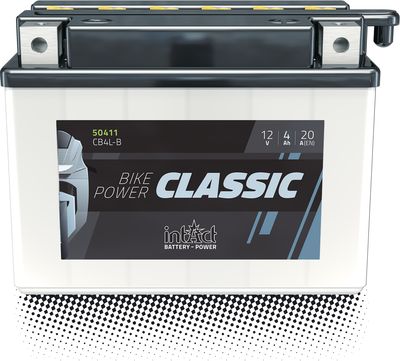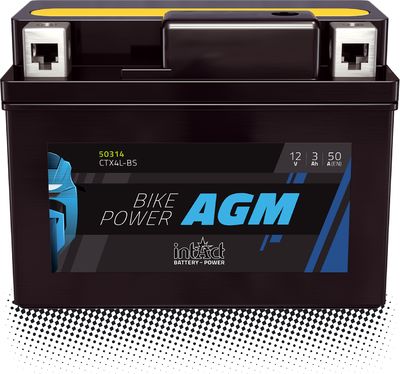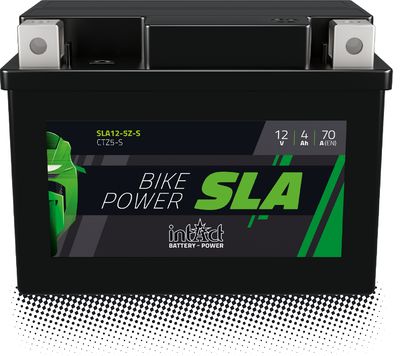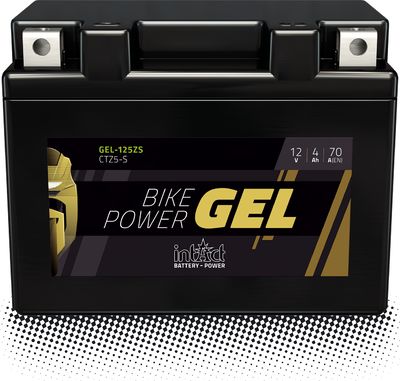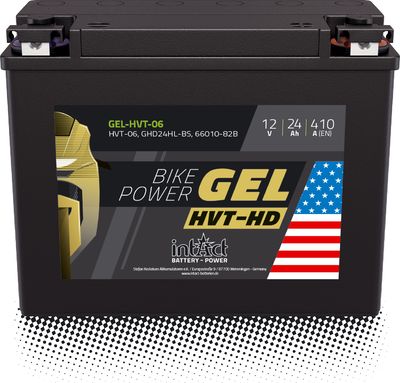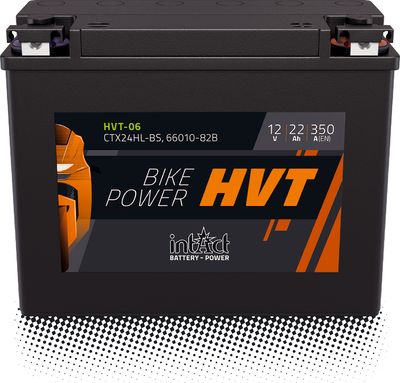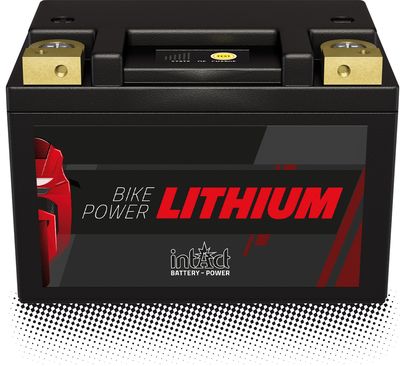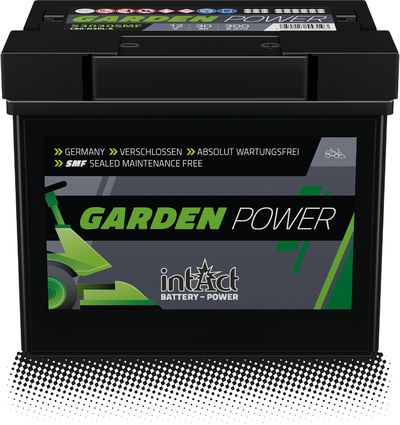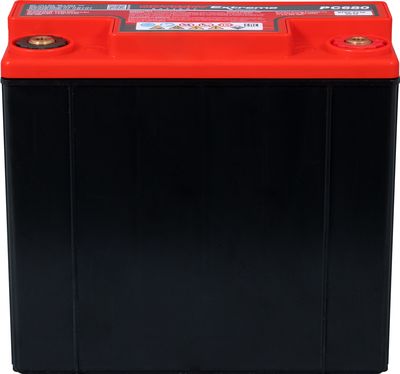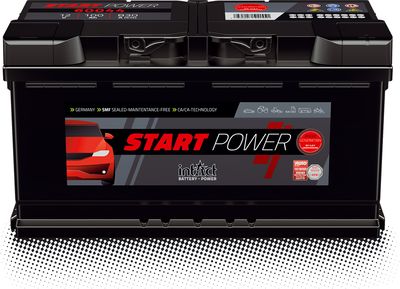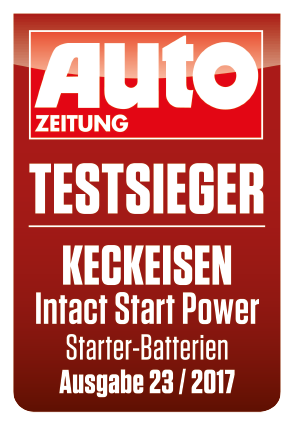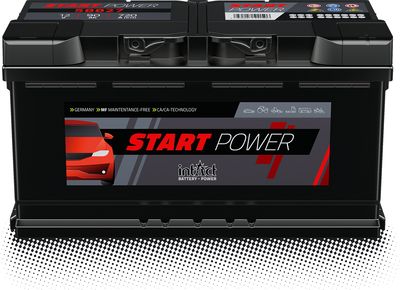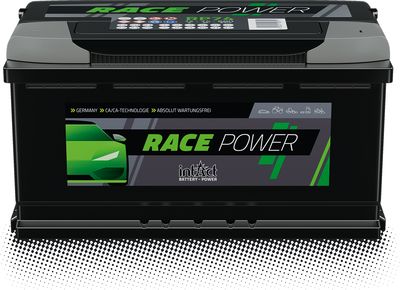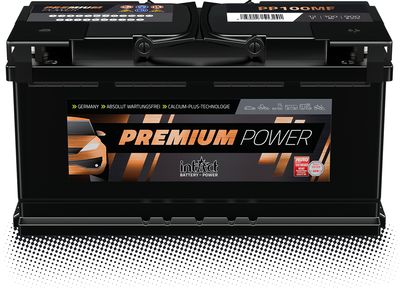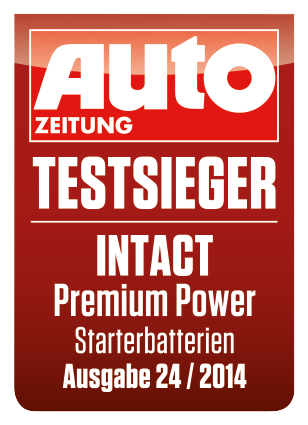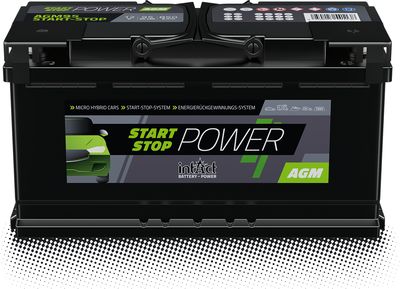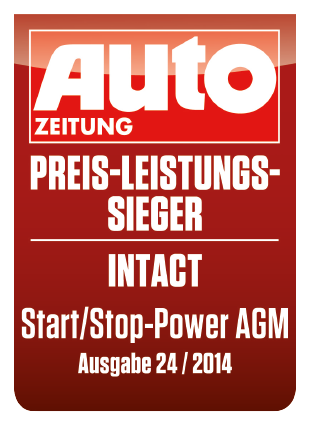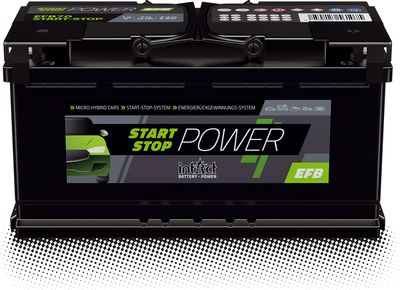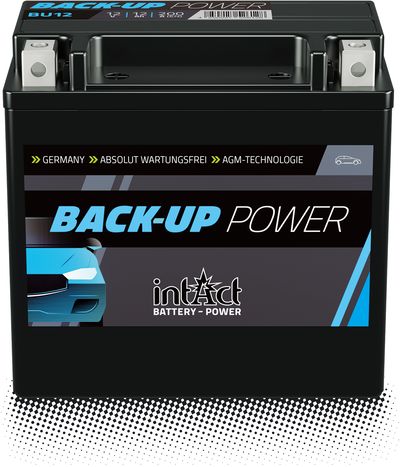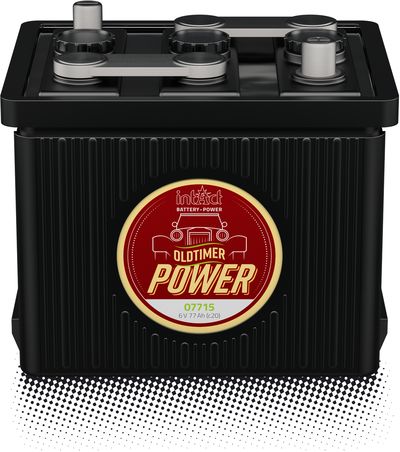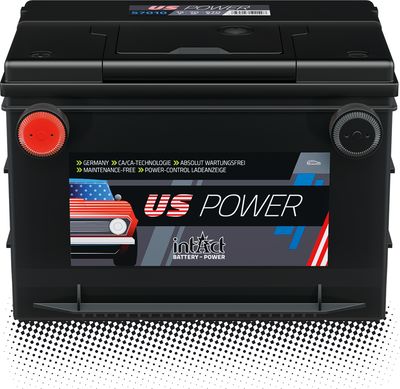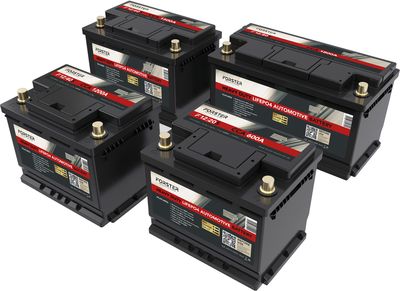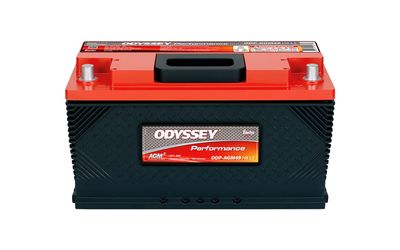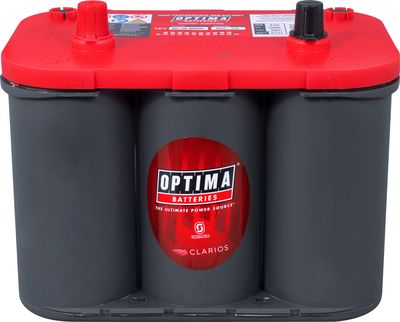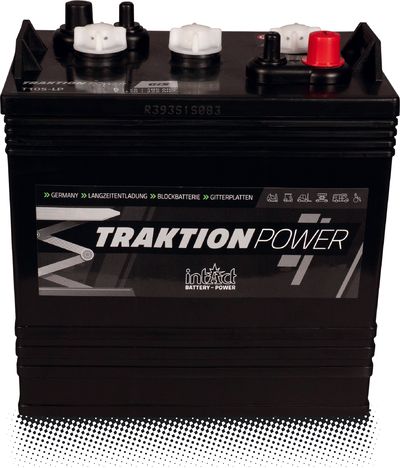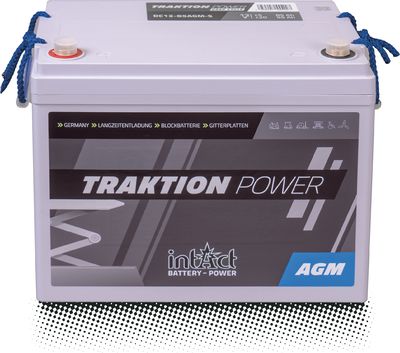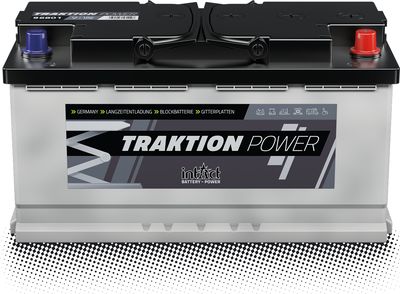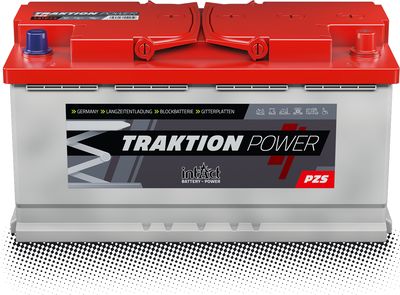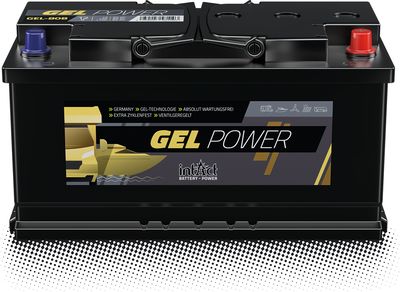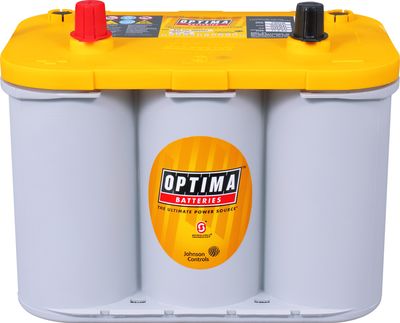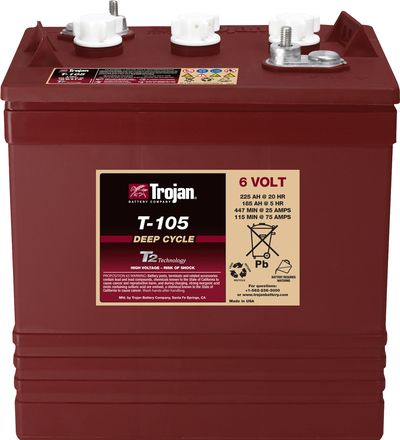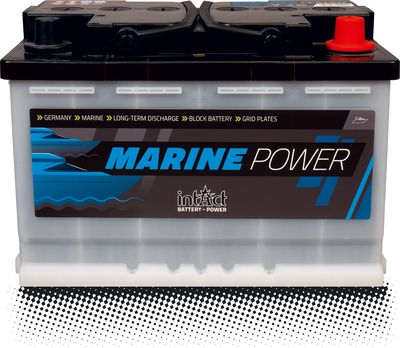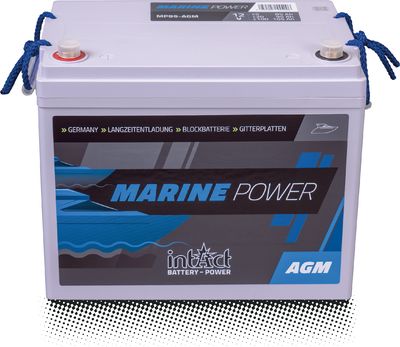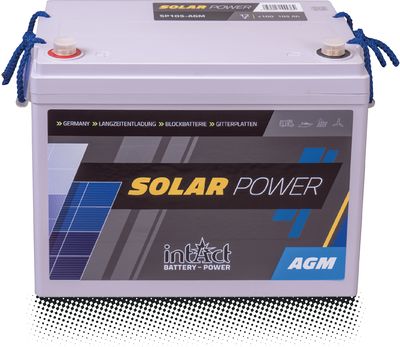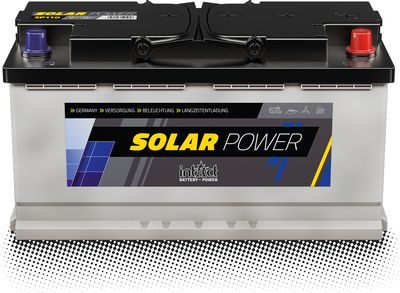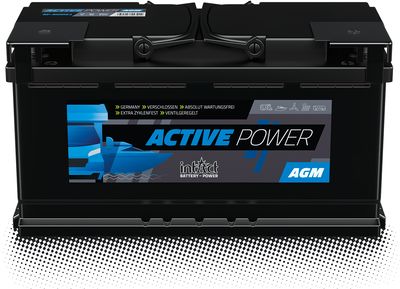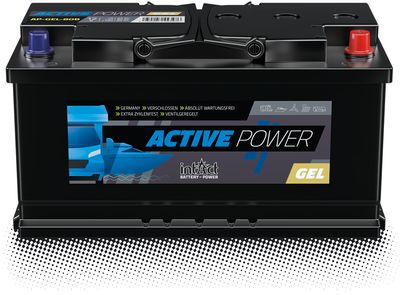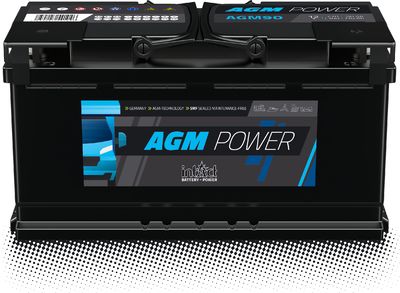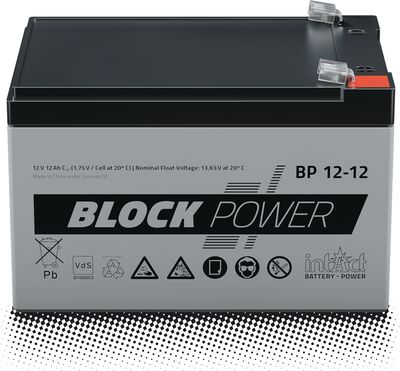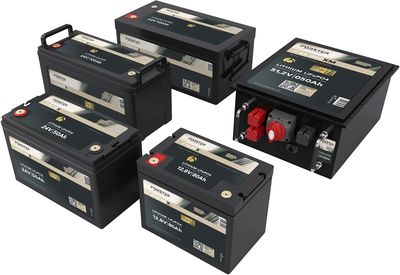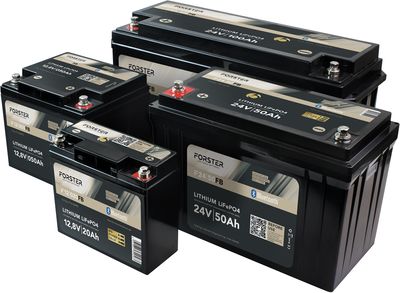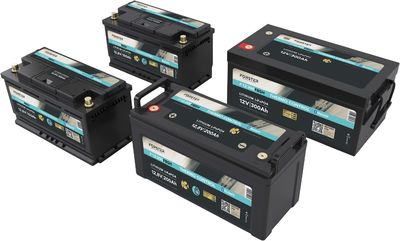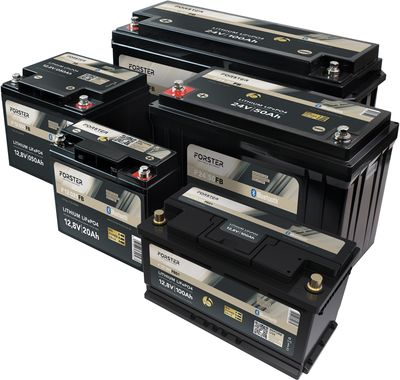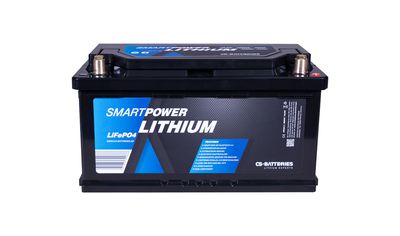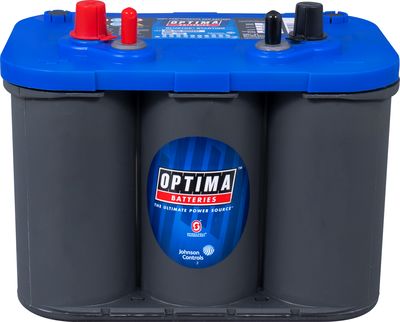Checking the battery step by step
There are many reasons for weakening or failing batteries. An important step in tracking them down is to measure the voltage with a battery tester.
Here's how:
1. preparation
Disconnect the battery from the vehicle, if possible remove it. Tips on how …
With each charge/discharge process (cycle), active material is inevitably lost and the battery's performance declines. Once it has fallen to the point where it can no longer fulfil its purpose - e.g. start the vehicle, supply the consumers or drive the …
Safety instructions for handling acid
Battery acid consists partly of sulphuric acid, which is highly corrosive. It attacks your skin, textiles and even metal.
Put on protective clothing! So always wear gloves, safety glasses and possibly an acid-proof apron when handling batteries.
Choose …
In a nutshell, the battery generates electricity, which it delivers to the consumers. It is charged and is ready again.
So far, so good. Meanwhile, a bit of chemistry happens inside the battery.
Current flow
In principle, current flows between a positive …
Batteries without vent hose
Only conventional, wet batteries need a vent hose, because they gas strongly during operation. The resulting steam can escape through the openings in the plugs. To prevent the vapour from damaging the vehicle, conventional batteries are vented to the …
What does maintenance-free mean?
In maintenance-free batteries, the electrolyte is in liquid form. They are usually closed at the factory, often with a double or labyrinth lid in which any gases produced condense and remain in the battery. In normal operation, maintenance-free ones do …
Charging correctly step by step
Tip: For full performance: Charge before first installation!
1. preparation
Check that your charger matches the battery.
Does the charger support the correct charging voltage?
Does the charging current provided match the battery?
What charging curve …
To ensure proper battery function, it makes sense to keep the battery surface clean and dry. Greasy or silicone-containing dirt on the lid can hinder the flow of current. Moisture on the battery can cause a short circuit in the worst case.
Checking the liquid level against sulphation
In a battery or accumulator, the chemical reaction between the active material of the grids and the acid generates current (electrons emitted) to supply the loads or stores current (electrons) provided by the charger or alternator.
If the acid only partially …
What does damage to the battery box indicate?
Damaged battery box
If the housing is leaking, cracked or chafed, this indicates destruction by external influences.
Tip: Look for a robust design in your next battery.
Deformed battery case
If the housing is deformed by heat, this indicates a defective …
